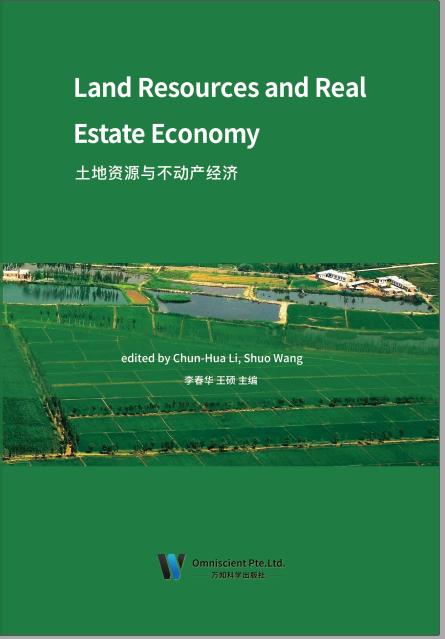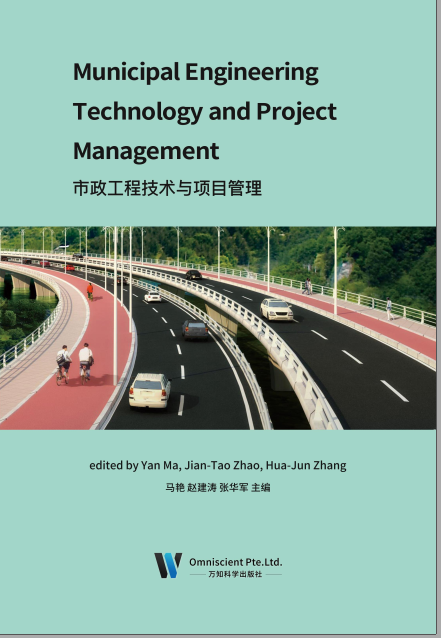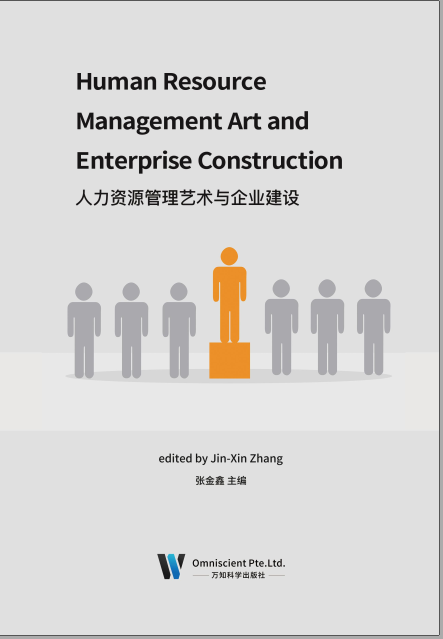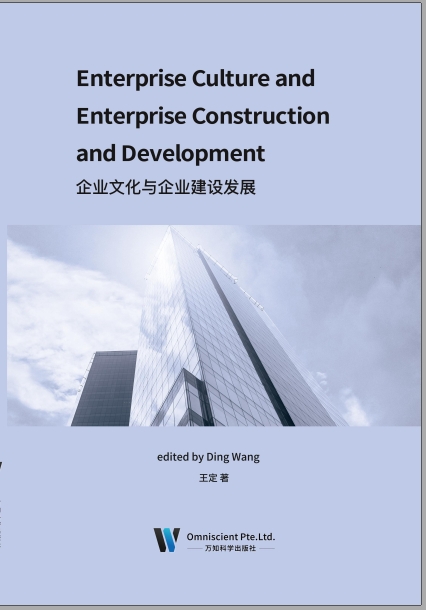
Resource-based cities have sprung up due to large-scale resource development, which has made outstanding contributions to the development of industrialization and urbanization in China. Due to the unbalanced distribution of resources, coupled with the rapid speed of urban construction and large land occupation, the land use mode of resource-based cities is generally extensive and inefficient, which is not conducive to the sustainable use of land resources and the long-term development of cities. In recent years, many resource-based cities are facing the problems of resource exhaustion, the decline of traditional pillar industries and the gradual decline of cities. In addition, under the “New Normal”, the national economic growth slows down, and all localities vigorously promote supply side structural reform to promote the transformation of new and old driving forces of the economy. Under such a background, it is more urgent for resource-based cities to break through difficulties and seek new space for urban and industrial development. Facing the dilemma of protecting cultivated land and ensuring development, the sustainable use of land has become a very sensitive and key issue in the transformation and sustainable development of resource-based cities.
In recent years, although there have been many achievements in the study of real estate financial risk in China, they have been studied and discussed from different perspectives. There are four obvious differences between this book and the similar researches: first, the background of the times is different. At present, China’s economy is in the new normal of economic development and the new situation of adjustment and risk increase in the real estate market. This book adapts to the new background of major changes in the real estate market; second, the research field of vision is different. This book extends the research field to a broad sense of risk including real estate private finance; third, the focus of the study is different. This book puts forward a constructive and systematic target model of China’s real estate financial risk management in the future, as well as a set of targeted countermeasures and suggestions to achieve this target model; the four is the different theoretical viewpoints. The previous research basically follows the traditional theoretical paradigm, and the study of this book breaks through the shackles of traditional theory. For example, the book does not believe that risk and bubble are proportional relations, but rather has a phased feature.
前 言
资源型城市因大规模资源开发而兴起,为我国工业化、城镇化发展做出了突出贡献。由于资源分布的不均衡性,加上城市建设速度快、占地面积大等原因,资源型城市土地利用方式普遍比较粗放、效率不高,不利于土地资源的可持续利用与城市的长远发展。近年来,许多资源型城市面临资源日益枯竭、传统支柱产业开始衰败、城市逐渐衰落等问题。加上“新常态”下,全国经济增速放缓,各地大力推进供给侧结构性改革,促进经济新旧动能的转换。在这样的大背景下,资源型城市力求突破困境,谋求城市、产业发展新空间的紧迫性更加强烈。面对保护耕地与保障发展的“两难”局面,土地可持续利用成为资源型城市转型与可持续发展的一个非常敏感且关键的问题。
关于对我国房地产金融风险问题的研究,近年来虽然也出现了不少成果,分别从不同角度进行了研究和探讨,本书与同类研究存在四个明显的差异:一是时代背景不同,当前我国经济处于经济发展新常态及房地产市场出现调整、风险增大的新形势下,本书适应了房地产市场重大转向的新背景;二是研究视野不同,本书将研究视野拓展到了包括房地产民间金融在内的广义风险;三是研究的重点不同,本书提出了具有建设性的比较系统的房地产金融风险管理的未来中国目标模式,以及要实现该目标模式,同时又提出了一整套有针对性的对策建议;四是理论观点不同,以往的研究基本上是遵循传统的理论范式, 而本书的研究则突破了传统理论的束缚,如本书认为风险与泡沫并不一定成正比例关系,而是具有阶段性特征等。

Resource-based cities have sprung up due to large-scale resource development, which has made outstanding contributions to the development of industrialization and urbanization in China. Due to the unbalanced distribution of resources, coupled with the rapid speed of urban construction and large land occupation, the land use mode of resource-based cities is generally extensive and inefficient, which is not conducive to the sustainable use of land resources and the long-term development of cities. In recent years, many resource-based cities are facing the problems of resource exhaustion, the decline of traditional pillar industries and the gradual decline of cities. In addition, under the “New Normal”, the national economic growth slows down, and all localities vigorously promote supply side structural reform to promote the transformation of new and old driving forces of the economy. Under such a background, it is more urgent for resource-based cities to break through difficulties and seek new space for urban and industrial development. Facing the dilemma of protecting cultivated land and ensuring development, the sustainable use of land has become a very sensitive and key issue in the transformation and sustainable development of resource-based cities.
In recent years, although there have been many achievements in the study of real estate financial risk in China, they have been studied and discussed from different perspectives. There are four obvious differences between this book and the similar researches: first, the background of the times is different. At present, China’s economy is in the new normal of economic development and the new situation of adjustment and risk increase in the real estate market. This book adapts to the new background of major changes in the real estate market; second, the research field of vision is different. This book extends the research field to a broad sense of risk including real estate private finance; third, the focus of the study is different. This book puts forward a constructive and systematic target model of China’s real estate financial risk management in the future, as well as a set of targeted countermeasures and suggestions to achieve this target model; the four is the different theoretical viewpoints. The previous research basically follows the traditional theoretical paradigm, and the study of this book breaks through the shackles of traditional theory. For example, the book does not believe that risk and bubble are proportional relations, but rather has a phased feature.
前 言
资源型城市因大规模资源开发而兴起,为我国工业化、城镇化发展做出了突出贡献。由于资源分布的不均衡性,加上城市建设速度快、占地面积大等原因,资源型城市土地利用方式普遍比较粗放、效率不高,不利于土地资源的可持续利用与城市的长远发展。近年来,许多资源型城市面临资源日益枯竭、传统支柱产业开始衰败、城市逐渐衰落等问题。加上“新常态”下,全国经济增速放缓,各地大力推进供给侧结构性改革,促进经济新旧动能的转换。在这样的大背景下,资源型城市力求突破困境,谋求城市、产业发展新空间的紧迫性更加强烈。面对保护耕地与保障发展的“两难”局面,土地可持续利用成为资源型城市转型与可持续发展的一个非常敏感且关键的问题。
关于对我国房地产金融风险问题的研究,近年来虽然也出现了不少成果,分别从不同角度进行了研究和探讨,本书与同类研究存在四个明显的差异:一是时代背景不同,当前我国经济处于经济发展新常态及房地产市场出现调整、风险增大的新形势下,本书适应了房地产市场重大转向的新背景;二是研究视野不同,本书将研究视野拓展到了包括房地产民间金融在内的广义风险;三是研究的重点不同,本书提出了具有建设性的比较系统的房地产金融风险管理的未来中国目标模式,以及要实现该目标模式,同时又提出了一整套有针对性的对策建议;四是理论观点不同,以往的研究基本上是遵循传统的理论范式, 而本书的研究则突破了传统理论的束缚,如本书认为风险与泡沫并不一定成正比例关系,而是具有阶段性特征等。

Municipal Engineering refers to the construction of municipal facilities. Municipal facilities refer to all kinds of buildings, structures, equipment, etc. which are set up within the planning and construction scope of urban areas, towns (townships) and provide residents with paid or free public products and services based on the responsibilities and obligations of the government. Municipal works mainly include urban roads, bridges, water supply and drainage, sewage treatment, urban flood control, gardens, road greening, street lamps, environmental sanitation and other urban public utilities. The project management of municipal engineering in China has gone through the course of more than 20 years, forming a project management mechanism with modern management significance. But there are still many problems and deficiencies, especially in recent years when China’s market economy is gradually improving, it is more necessary to innovate and explore the modern construction project management mode with Chinese characteristics in order to meet the needs of the development of market economy.
This book mainly describes from two parts, the first part mainly describes the construction technology of road engineering, and the second part mainly describes the municipal engineering project management, hoping to help the work of relevant staff.
前 言
市政工程是指市政设施建设工程。市政设施是指在城市区、镇(乡)规划建设范围内设置、基于政府责任和义务为居民提供有偿或无偿公共产品和服务的各种建筑物、构筑物、设备等。市政主要包括:指城市道路、桥梁、给排水、污水处理、城市防洪、园林、道路绿化、路灯、环境卫生等城市公用事业工程。我国市政工程的项目管理已走过了二十几年的历程,形成了具有现代管理意义的项目管理机制,但还存在很多问题和不足,特别是在近几年我国市场经济逐步完善的情况下,更需要不断创新,探索有中国特色的现代建设工程项目施工管理模式,以适应市场经济发展的需要。
本书主要从两篇内容进行叙述,上篇主要对道路工程类的施工技术进行阐述,下篇主要对市政工程项目管理进行说明,希望能够有助于相关工作人员的工作进行和开展。

Human resource management is an important part of modern enterprise management, which plays an important role in promoting the overall management level and economic benefits. In the post crisis era, the development and management of human resources is an important means for enterprises to cope with more and more fierce market competition, especially in the global integrated economy based on the development of science and technology and the progress of information, it plays a great role.
This book consists of seven chapters. The first part of the introduction explains the concept, current situation, development trend of human resource management and the relationship with enterprise construction. The last six chapters focus on the theory and content of human resource management, enterprise human resource management, enterprise organization, culture and information construction in order to provide theoretical guidance and help for human resource management, enterprise modernization and sustainable development.
前 言
企业的人力资源管理工作是现代企业管理中的一项重要的组成部分,对企业的整体管理水平和经济效益有着重要的促进和推动作用。对于后危机时代来讲,其人力资源的开发和管理是企业应对愈来愈激烈的市场竞争的重要手段,尤其是在以科技的发展和信息化的进步为基础的全球一体化经济中,更是发挥着巨大的 意义和作用。
本书共七章,开篇绪论部分就人力资源管理概念、现状、发展趋势及与企业建设的关系进行了阐释说明,后六章分别对人力资源管理理论、工作内容,企业人力资源管理以及企业组织、文化与信息化建设内容进行重点论述与研究,以期为我国人力资源管理、企业现代化建设及可持续发展提供理论指导与帮助。

With the great changes in the internal and external environment of the development of enterprises, the ideology, morality and values of Party members, cadres and employees have become increasingly multi-level. Ideological and political work is an important and powerful guarantee for the survival and development of enterprises. A strong ideological and political work is the ideological basis and guarantee for uniting the people of the whole country to smoothly promote reform, ensure social stability and promote economic development. In the new era of reform and opening up and the development of socialist market economy, great changes have taken place in the environment, content, channels and objects of ideological and political work in China. The situation of ideological and political work is more complex, the task is more arduous, and the work is more arduous. The traditional ideological and political work has encountered unprecedented challenges. The new situation, new tasks and the current situation of ideological and political work require all kinds of social organizations, including enterprises, to strengthen and improve ideological and political work. We must analyze the objective environment and basic characteristics of the ideological activities of cadres and staff in enterprises under the new situation from the perspectives of international and domestic, history and reality, the present and the long-term, and correctly examine and solve those problems. Some important theoretical and practical problems that affect the ideological activities of cadres and staff in enterprises provide us with a more practical way to improve the ideological and political work in the new era.
Only by deep thinking, can we give full play to the positive role of ideological and political work in promoting the reform, stability and development of enterprises; only by making efforts to innovate, can we open a new situation of ideological and political work in enterprises in the period of innovation. Due to the limited level, there are inevitably deficiencies and inadequacies in the book. Please give your valuable opinions in the use process.
前 言
伴随着企业发展内外部环境所发生的巨大变化,企业党员干部、职工的思想、道德和价值观念变得日益多层次化。思想政治工作是企业生存与发展重要而有力的保障。坚强有力的思想政治工作,是团结和凝聚全国人民顺利推进改革、保证社会稳定、促进经济发展的思想基础和保证。在改革开放和发展社会主义市场经济的新时期,我国思想政治工作的环境、内容、渠道和对象都发生了很大的变化,思想政治工作面临的形势更复杂、任务更繁重、工作更艰巨,传统的思想政治工作遇到了前所未有的挑战。新形势、新任务以及思想政治工作的现实状况,要求社会各种组织包括企业在内,都必须大力加强和改进思想政治工作,必须从国际和国内、历史和现实、眼前和长远的角度,深刻分析新形势下广大企业干部职工思想活动的客观
环境及基本特点,正确审视和解决那些影响企业干部职工思想活动的重大理论问题和现实问题,为我们改进新时期的思想政治工作,提供一个比较切合实际的思路。
只有深入思考,才能更好地发挥思想政治工作在促进企业改革、稳定和发展中的积极作用;只有努力创新,才能开创新时期企业思想政治工作的新局面。由于水平有限,在书中不可避免地存在着不足、不妥之处,恳请读者在使用过程中提出宝贵的意见。